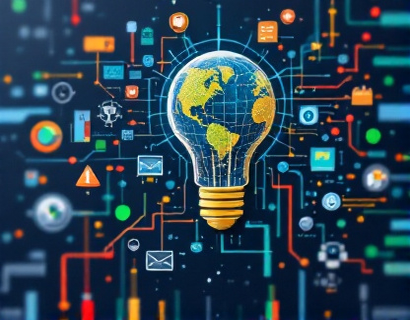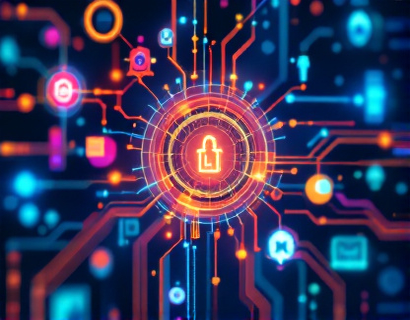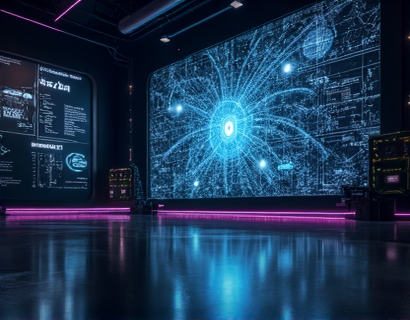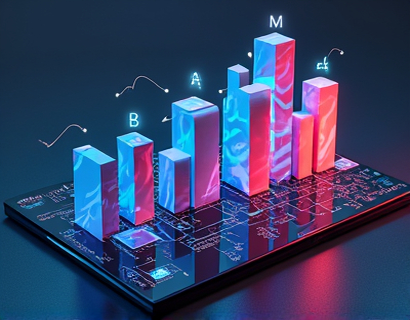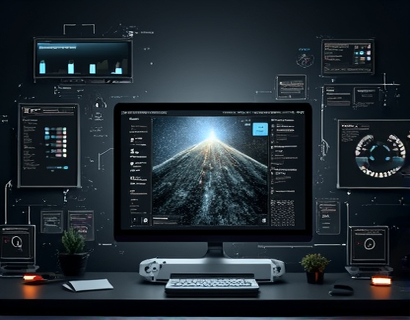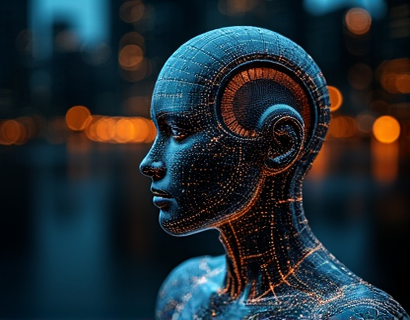Empowering Young Minds: The Role of AI-Powered Educational Chatbots in Safe and Verified Learning
In the rapidly evolving landscape of education, the integration of artificial intelligence (AI) has opened new avenues for enhancing learning experiences, particularly for children and students. An AI-powered educational chatbot represents a cutting-edge solution that provides a secure and verified platform for young learners to access specialized industry insights and workshop knowledge. This innovative approach not only enriches the educational content available to students but also ensures that the information is safe, accurate, and tailored to their developmental needs.
Enhancing Access to Specialized Knowledge
The primary goal of an AI-driven educational chatbot is to bridge the gap between students and industry experts, making specialized knowledge more accessible. Traditional methods of accessing industry insights often involve complex literature, expensive resources, or limited interactions with professionals. An educational chatbot democratizes this knowledge by providing an interactive and user-friendly interface. Students can engage in real-time conversations, ask questions, and receive detailed responses that are both informative and engaging.
Ensuring Safety and Verification
A critical aspect of any educational tool, especially one targeting children and students, is safety. The content provided by the chatbot must be thoroughly verified to ensure accuracy and reliability. This involves a rigorous review process where experts in various fields validate the information before it is integrated into the chatbot's database. Additionally, the platform employs advanced algorithms to monitor and filter content, ensuring that only appropriate and safe information is shared with users. This multi-layered approach to content verification builds trust among educators, parents, and students, making the platform a reliable resource for learning.
Interactive and Engaging Learning Experiences
The chatbot's design focuses on creating an interactive and engaging learning environment. Unlike traditional educational materials that are often static and one-dimensional, an AI chatbot offers a dynamic conversation-based approach. Students can ask questions, explore topics in depth, and receive immediate feedback. This interactivity not only makes learning more enjoyable but also enhances retention and understanding. The chatbot can adapt to the user's level of knowledge, providing simpler explanations for beginners and more complex details for advanced learners.
Customized Learning Paths
One of the most significant advantages of an AI-powered educational chatbot is its ability to personalize the learning experience. By analyzing user interactions and performance, the chatbot can tailor the content to suit individual learning styles and paces. This personalized approach ensures that each student receives the support they need to succeed. For instance, a student struggling with a particular concept can receive additional examples, exercises, and explanations until they grasp the material. Conversely, advanced students can be challenged with more complex topics and real-world applications.
Industry Insights and Real-World Applications
The chatbot serves as a gateway to industry insights, providing students with a deeper understanding of various fields and their practical applications. By connecting theoretical knowledge with real-world scenarios, the chatbot helps students see the relevance of what they are learning. For example, a student interested in engineering can explore case studies, interview transcripts from industry professionals, and project descriptions that highlight the practical aspects of engineering work. This exposure not only broadens their perspective but also inspires them to pursue careers in these fields.
Workshop Knowledge and Skills Development
In addition to general industry insights, the chatbot can offer detailed information about specific workshops and skill development programs. These workshops are designed to provide hands-on experience and practical skills that complement classroom learning. The chatbot can guide students through the process of selecting the right workshop based on their interests and career goals. It can also provide schedules, registration details, and testimonials from past participants, helping students make informed decisions.
Child-Friendly Interface and Content
Recognizing the unique needs of younger users, the chatbot is designed with a child-friendly interface and content. The language used is simple and accessible, avoiding jargon and complex terms that might confuse young learners. Visual elements such as images, videos, and interactive diagrams are incorporated to make the content more engaging and easier to understand. The chatbot also adheres to strict guidelines to ensure that all interactions are appropriate and safe for children, fostering a positive and supportive learning environment.
Parental and Educational Institution Involvement
The role of parents and educational institutions is crucial in the success of an AI-powered educational chatbot. These stakeholders can monitor a student's progress, provide additional support, and integrate the chatbot's resources into the overall educational plan. The platform offers tools for parents and teachers to track the student's interactions, review completed activities, and access additional educational materials. This collaborative approach ensures that the chatbot complements traditional education and enhances the overall learning experience.
Continuous Improvement and Feedback Loop
The effectiveness of the chatbot is continually improved through a feedback loop that involves users, educators, and content experts. User interactions are analyzed to identify areas of improvement, and feedback from educators helps refine the educational content. This ongoing process ensures that the chatbot remains up-to-date with the latest industry trends and educational best practices. By actively involving the community in the development and refinement of the platform, the chatbot can adapt to changing needs and provide the most relevant and valuable information to students.
Conclusion
The integration of AI-powered educational chatbots represents a significant step forward in providing safe, verified, and interactive learning experiences for children and students. By offering access to specialized industry insights and workshop knowledge, these chatbots not only enhance educational content but also inspire and empower young learners to explore and excel in their chosen fields. As technology continues to evolve, the potential for AI to transform education is vast, promising a future where learning is more accessible, engaging, and effective.











